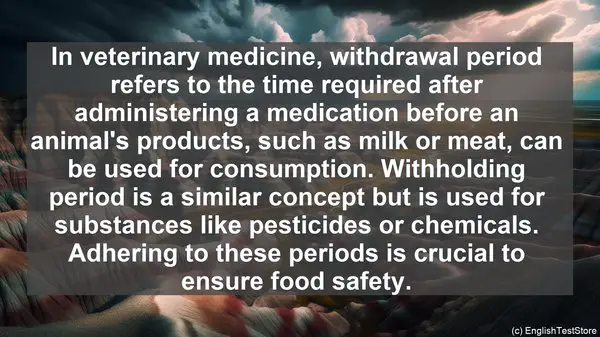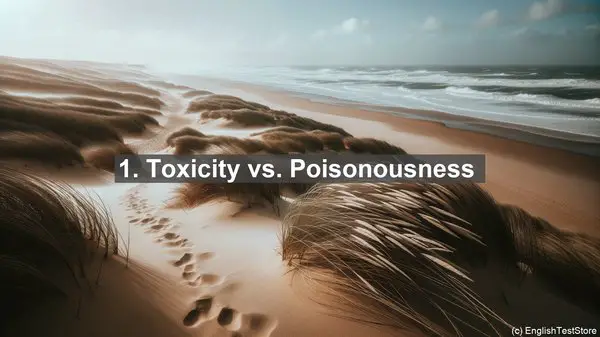Introduction
Welcome to our veterinary toxicology class. Today, we’ll be discussing the top 10 commonly confused words in this field. Understanding these terms is vital for accurate diagnosis and treatment. So, let’s dive in!
1. Toxicity vs. Poisonousness
Often used interchangeably, these terms have distinct meanings. Toxicity refers to the inherent harmfulness of a substance, while poisonousness refers to the potential harm when exposed to a living organism. For example, a substance with high toxicity can be diluted to a non-poisonous level.
2. Acute vs. Chronic
When discussing the duration of toxic effects, acute refers to a sudden, severe impact, while chronic refers to long-term, often low-level exposure. For instance, a single high dose of a medication can cause acute toxicity, while prolonged exposure to a lower dose can lead to chronic toxicity.
3. Dose vs. Dosage
Dose refers to the quantity of a substance administered at once, while dosage is the frequency and duration of administration. For example, a medication’s dose might be 10mg, but the dosage could be twice daily for a week.
4. Efficacy vs. Potency
Efficacy refers to a treatment’s ability to produce the desired effect, while potency relates to the dose required to achieve that effect. A highly potent drug might require a lower dose for efficacy compared to a less potent one.
5. Excretion vs. Elimination
Excretion refers to the removal of a substance from the body, while elimination encompasses both excretion and biotransformation. In other words, elimination includes the process of breaking down a substance to be excreted. Both processes are essential for clearing toxins from the body.

6. Metabolite vs. Parent Compound
When a substance is metabolized, it often produces metabolites. These are the modified forms of the parent compound. While the parent compound might be inactive or less active, some metabolites can be highly toxic.
7. Residue vs. Contaminant
Residue refers to the remnants of a substance, such as a medication or pesticide, that persist in an animal’s body after administration. On the other hand, a contaminant is an unintended substance that is not supposed to be present. Contaminants can be harmful, even in small amounts.
8. Synergism vs. Additivity
When two or more substances interact, their combined effect can be either synergistic or additive. Synergism refers to an effect greater than the sum of individual effects, while additivity is when the combined effect is equal to the sum. Understanding this is crucial for assessing the potential harm of multiple exposures.
9. Therapeutic Index vs. Safety Margin
Both these terms relate to the safety of a medication. The therapeutic index is the ratio between the dose required for therapeutic effect and the dose that causes toxicity. A higher therapeutic index indicates a safer drug. Safety margin, on the other hand, is the difference between the therapeutic dose and the toxic dose. A wider safety margin is desirable.
10. Withdrawal Period vs. Withholding Period
In veterinary medicine, withdrawal period refers to the time required after administering a medication before an animal’s products, such as milk or meat, can be used for consumption. Withholding period is a similar concept but is used for substances like pesticides or chemicals. Adhering to these periods is crucial to ensure food safety.

